The Dog’s Nose
Written and compiled by Dr G Farrer-Brown. Photography by Julia Cleaver www.JuliaCleaver.com
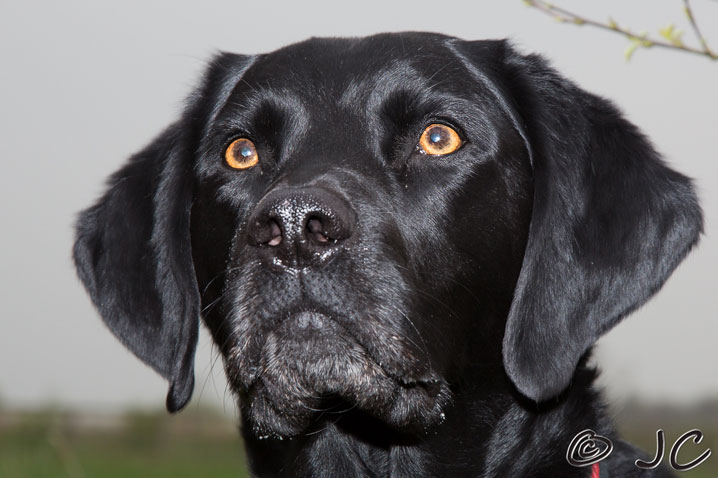
I am Lucy. How can my nose sniff cancer?
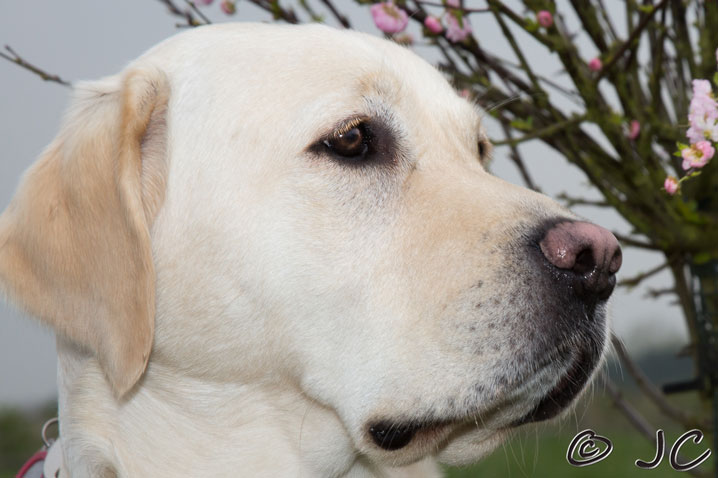
I am Magic. How do I sense blood sugar levels?
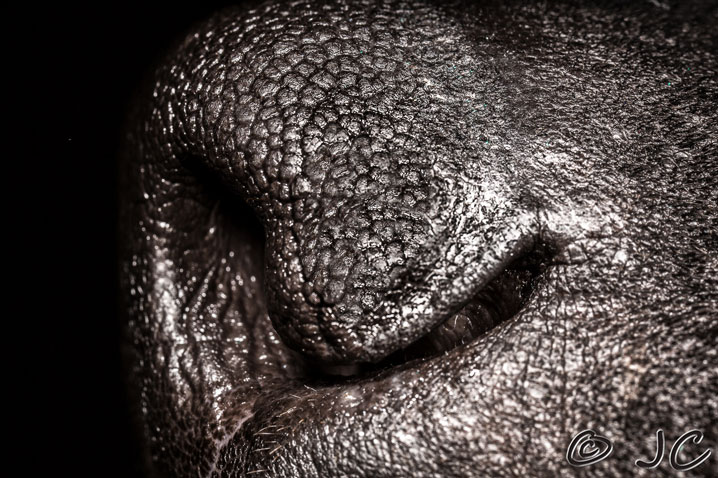
Why do I have a slit at the side of each nostril?
If you do not know the answers read on…
All mammals possess five senses: TOUCH, HEARING, TASTE, SIGHT and SMELL. The majority of humans use sight as their main sense to assess the world around them. The smell sense is subsidiary and the human nose is unlikely to be able to smell cancers,
BUT…
A dog’s nose knows
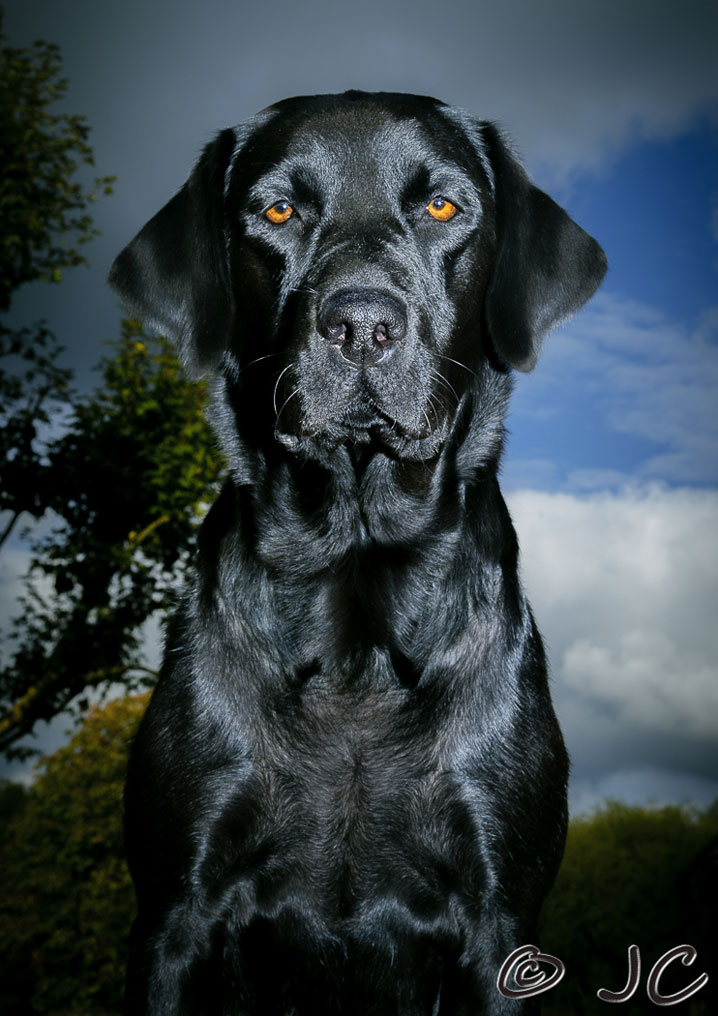
In the dog the sense of smelling, the olfactory system, is the main special sense and it is extremely sensitive and efficient.
Possibly 30% of their brain is dedicated to analysing odour. It is estimated that the percentage of a dog’s brain devoted to analysing odours is 40 times larger than that of a human. [1]
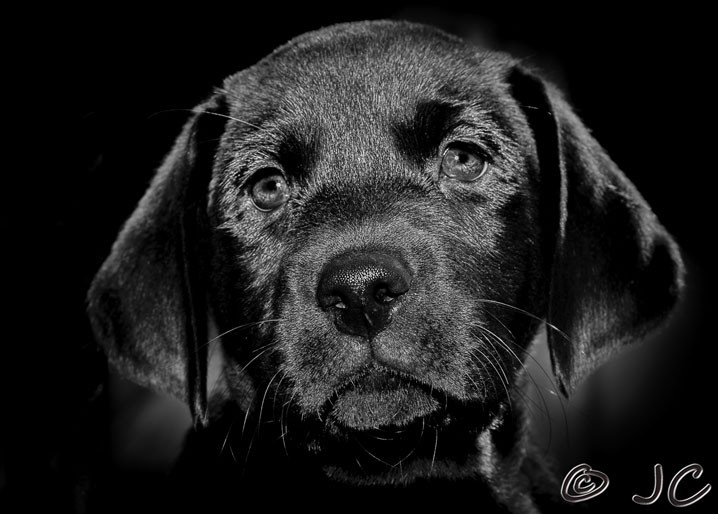
I can detect an odour diluted 1 – 2 parts per trillion
To give an example of this dilution factor Alexandra Horowitz in her book ‘Inside of a Dog”, [2] has written:
“We might notice if our coffee’s been sweetened with a teaspoon of sugar; a dog can detect a teaspoon of sugar in a million gallons of water: two Olympic-sized pools full.”
How is the dog’s nose structured to enable it to be so efficient?
The structure of the dog’s nose is important. The nose is formed by bones, muscles and soft tissue and includes a blood supply of arteries and veins plus nerves, which are connected to specialised areas in the brain.
The combined functioning of these tissues is shown in this short home video of a Labrador showing the constant movement involved in sniffing. Note how the dog wriggles its nostrils, which it can do separately, and opens and closes the slit at the side of the nostril. The need to lick the nose is explained later.
[1] Tyson P. Dogs’ Dazzling Sense of Smell. Nova Science Now. posted 10.04 www.pbs.org/wgbh/nova/nature/dogs-sense-of-smell.htm
[2] Alexandra Horowitz. Book entitled “INSIDE OF A DOG” publ by Simon and Schuster UK Ltd ,2012. 2nd Ed. p72

